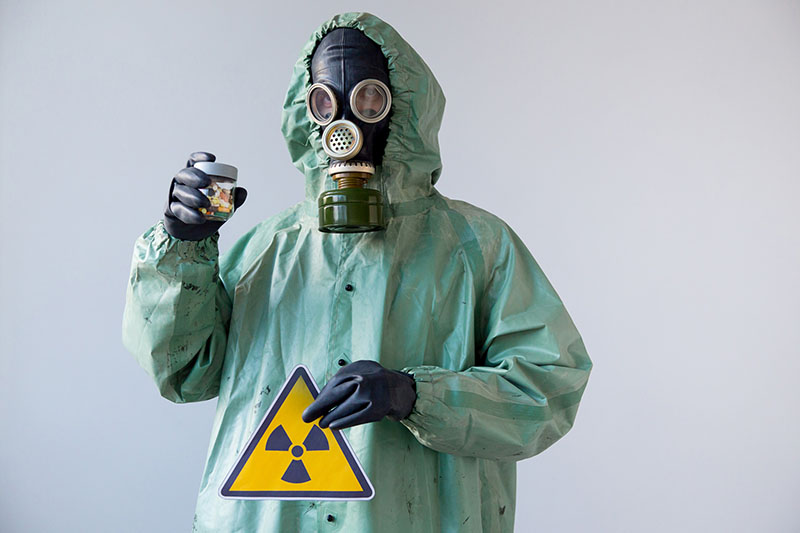In the ever-evolving landscape of industries requiring protection from ionizing radiation, the role of radiation-protective coveralls stands as a crucial safeguard for individuals on the front lines. These specialized garments, often referred to as the “Guardians of Safety,” play a pivotal role in shielding professionals in nuclear power plants, medical facilities, and emergency response scenarios. Join us on an exploration into the design intricacies, materials, and functionalities of these vital articles of clothing as we unveil the strengths that make radiation-protective coveralls an indispensable component in ensuring the well-being of those exposed to potential radiation hazards.
1. Material:
- Lead: Lead is a common material used in radiation protection due to its high atomic number, which makes it effective in attenuating ionizing radiation. Lead-based coveralls are heavy but provide excellent protection.
- Lead-free alternatives: Some modern radiation-protective coveralls use lead-free materials such as tungsten or bismuth compounds. These materials can offer comparable protection to lead with reduced weight.
2. Design:
- Full-body coverage: Radiation-protective coveralls typically cover the entire body to ensure comprehensive protection.
- Sealing: The coveralls should have features like sealed seams and closures to prevent radioactive particles from entering.
3. Thickness:
The thickness of the protective material is crucial for determining the level of radiation attenuation. Thicker materials generally provide higher levels of protection.
4. Comfort and Flexibility:
Despite being thick and protective, efforts are made to design these coveralls for comfort and flexibility to facilitate ease of movement for the wearer. This is especially important for tasks that require agility and precision.
5. Certifications and Standards:
Radiation-protective coveralls should comply with relevant national and international standards for radiation protection. In the United States, for example, the National Council on Radiation Protection and Measurements (NCRP) and the American National Standards Institute (ANSI) are organizations that provide guidelines for radiation protection.
6. Durability:
The coveralls should be durable and resistant to wear and tear. This is important for ensuring the longevity of the protective properties of the garment.
7. Care and Maintenance:
There are specific guidelines for the care and maintenance of radiation-protective clothing. It’s important to follow these guidelines to ensure that the protective properties of the coveralls are not compromised over time.
8. Radiation Types:
Different coveralls may be designed to protect against specific types of radiation, such as alpha, beta, gamma, or X-ray radiation. The level of protection may vary depending on the intended use.
It’s important to note that the specific details of radiation-protective coveralls can vary based on the intended application and industry regulations. Users should always follow the manufacturer’s instructions and guidelines for proper use and maintenance.


